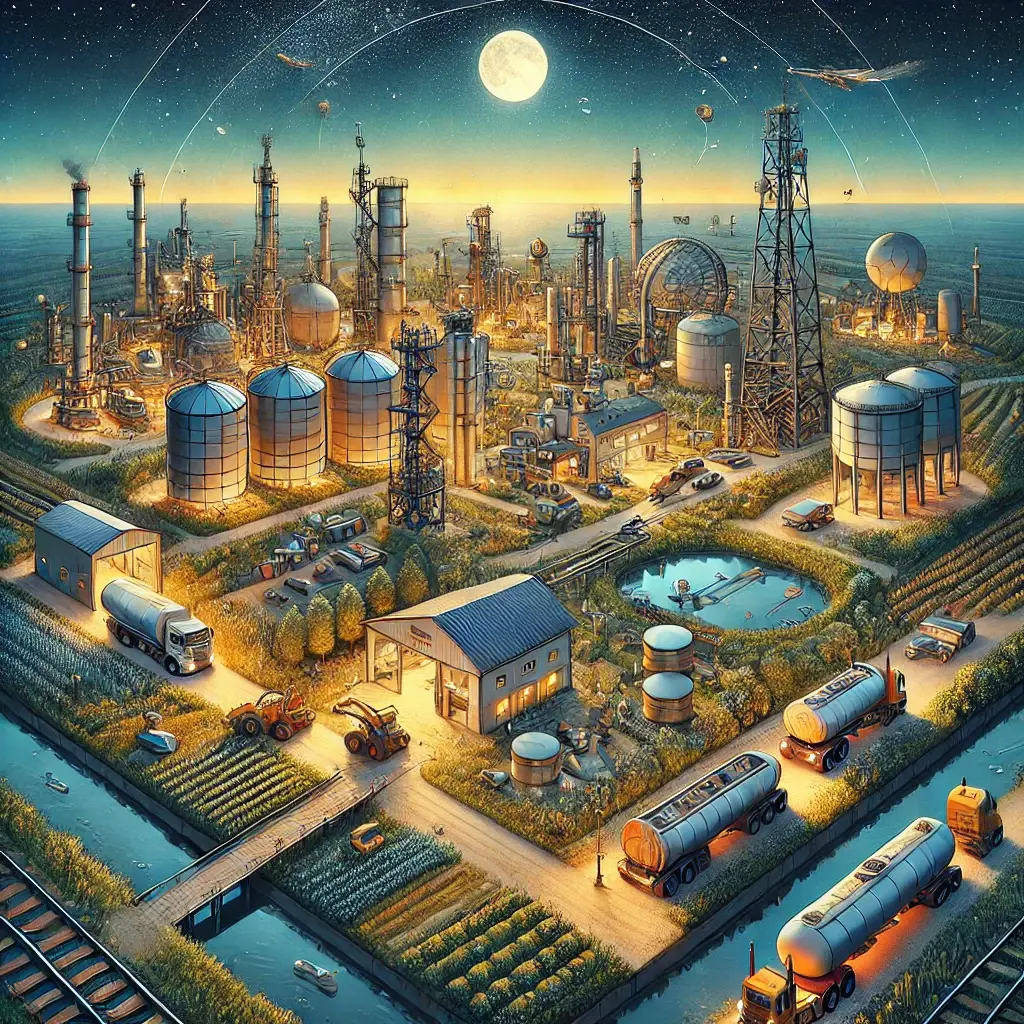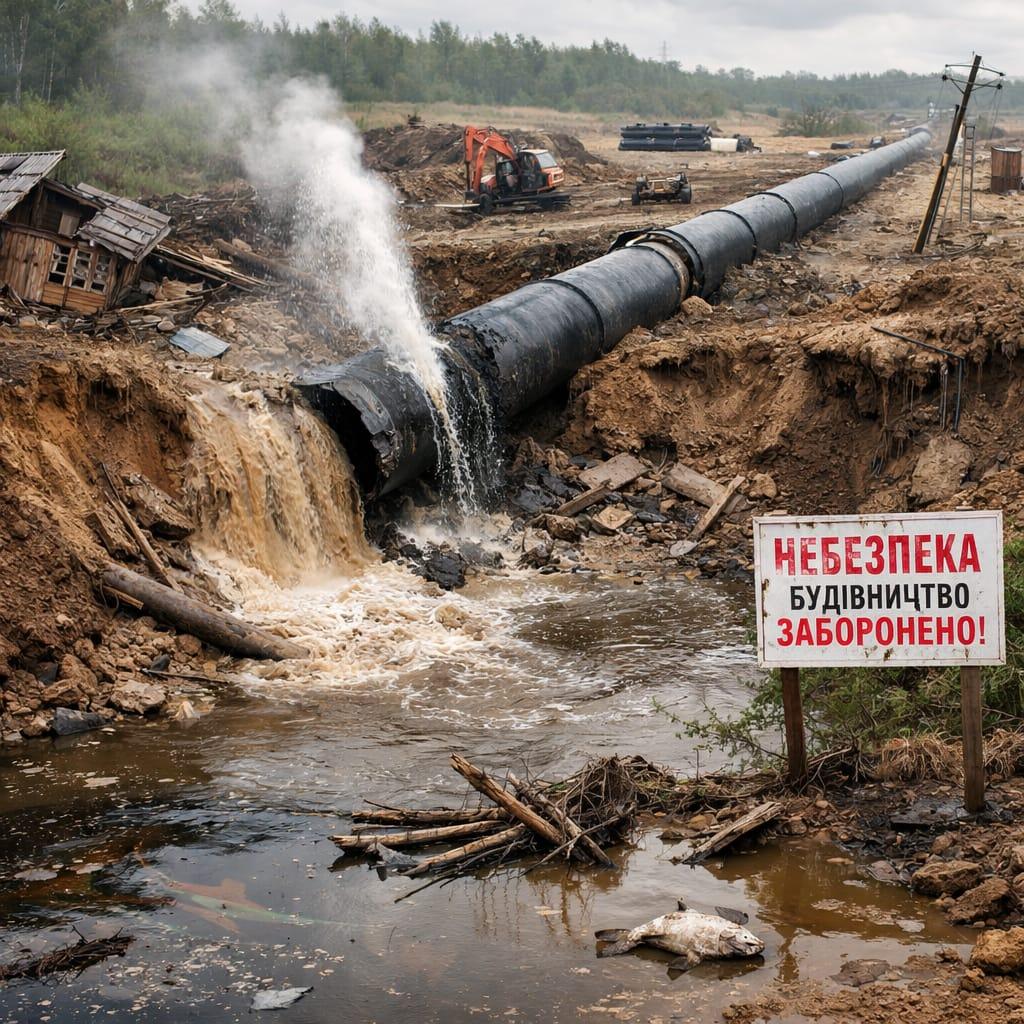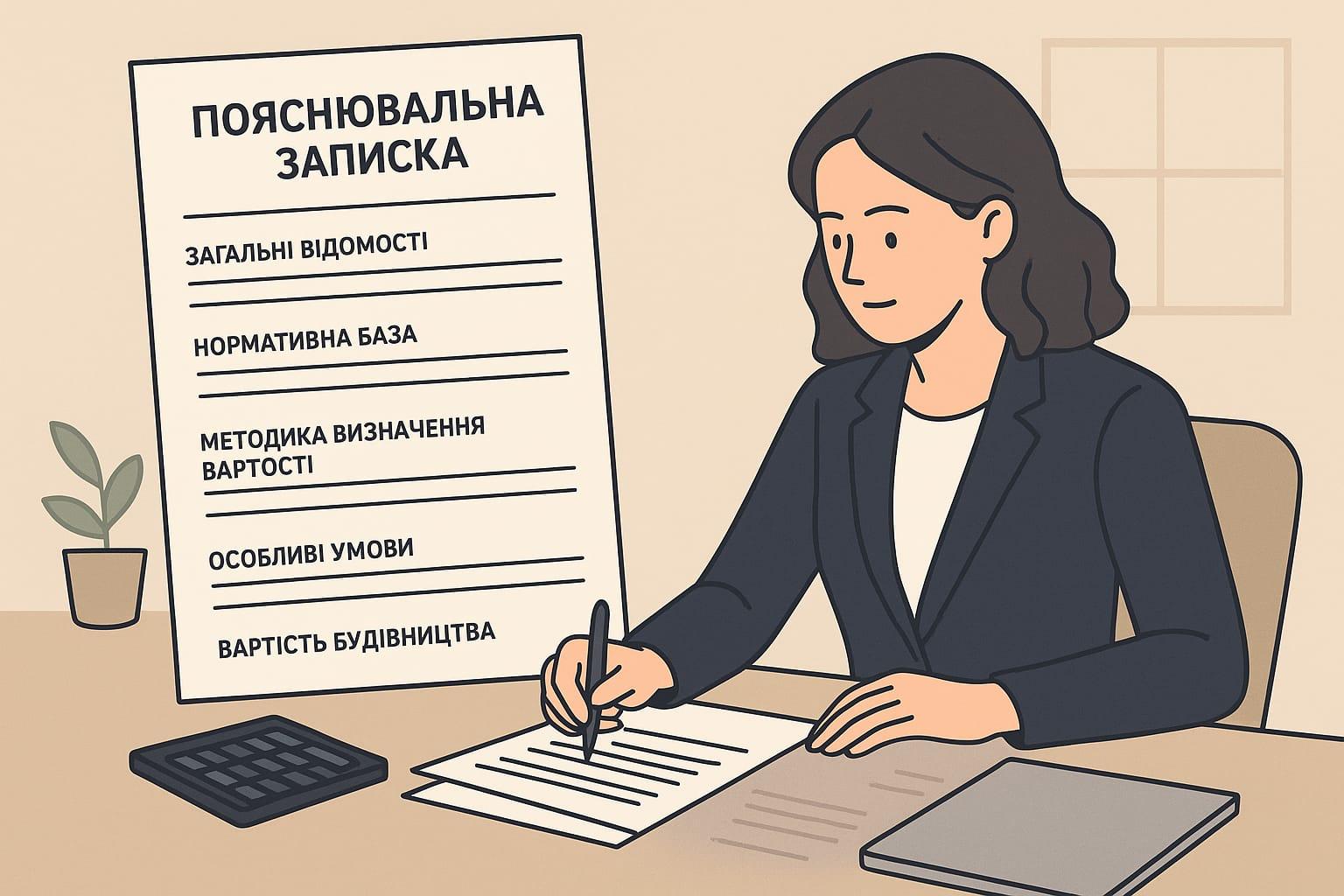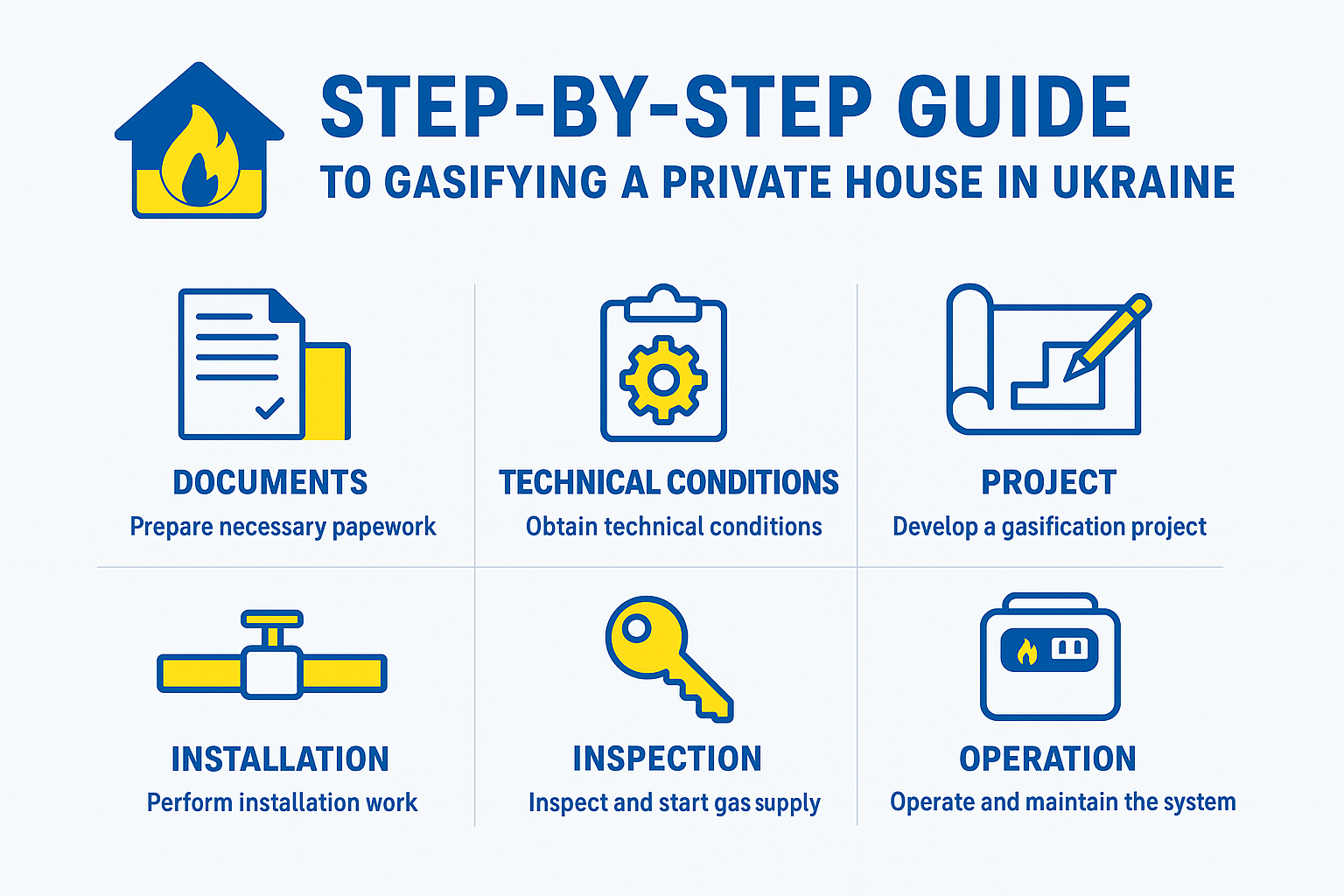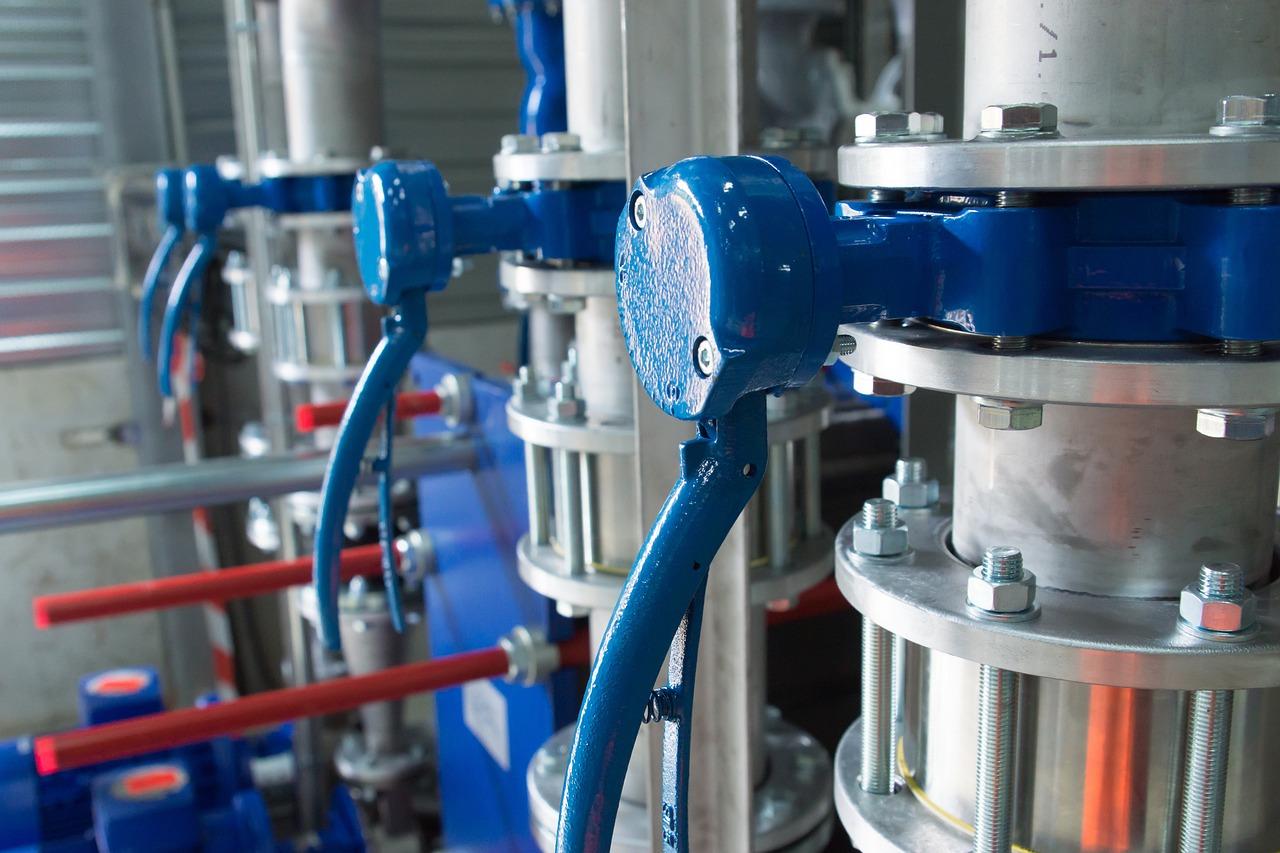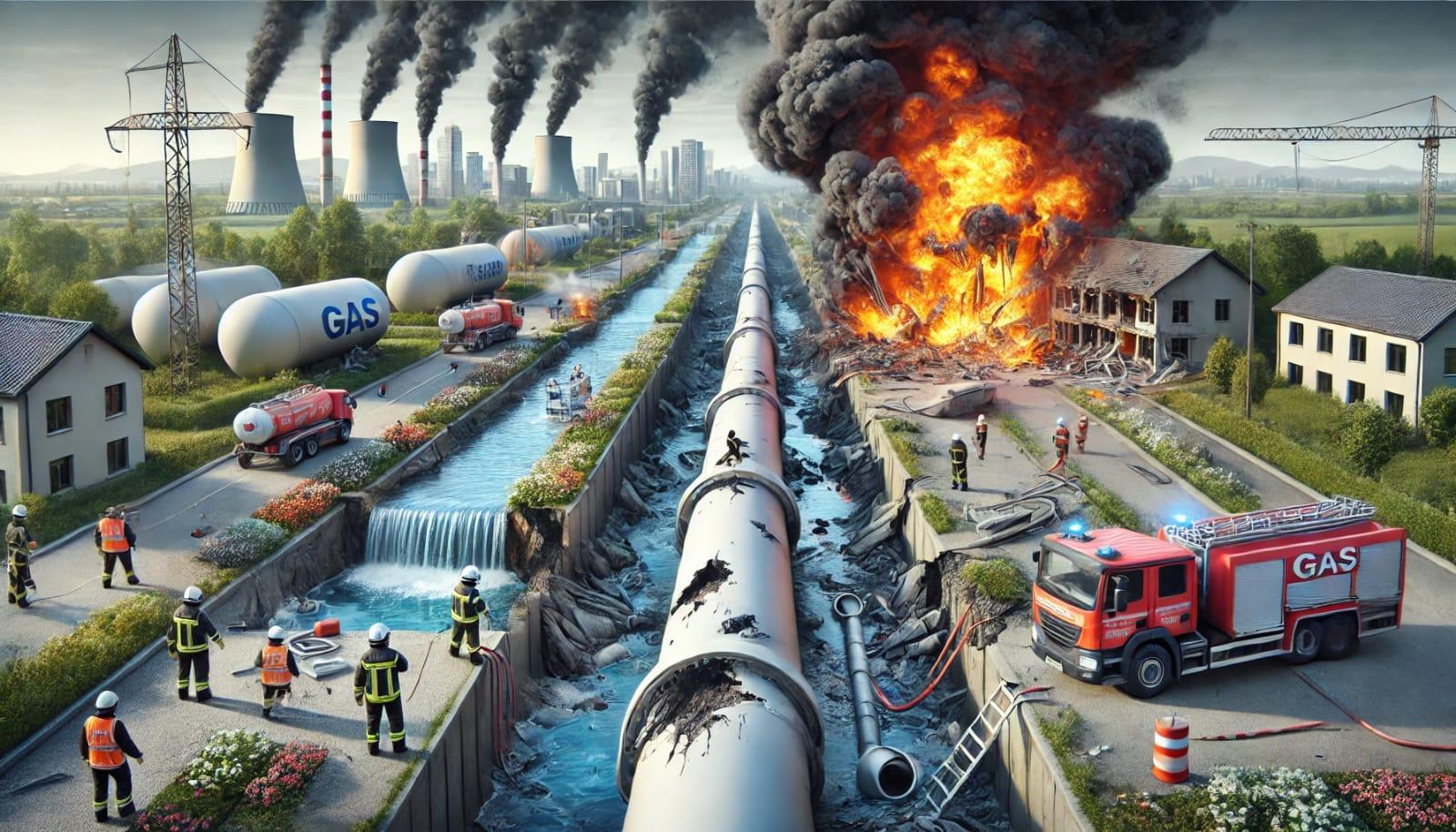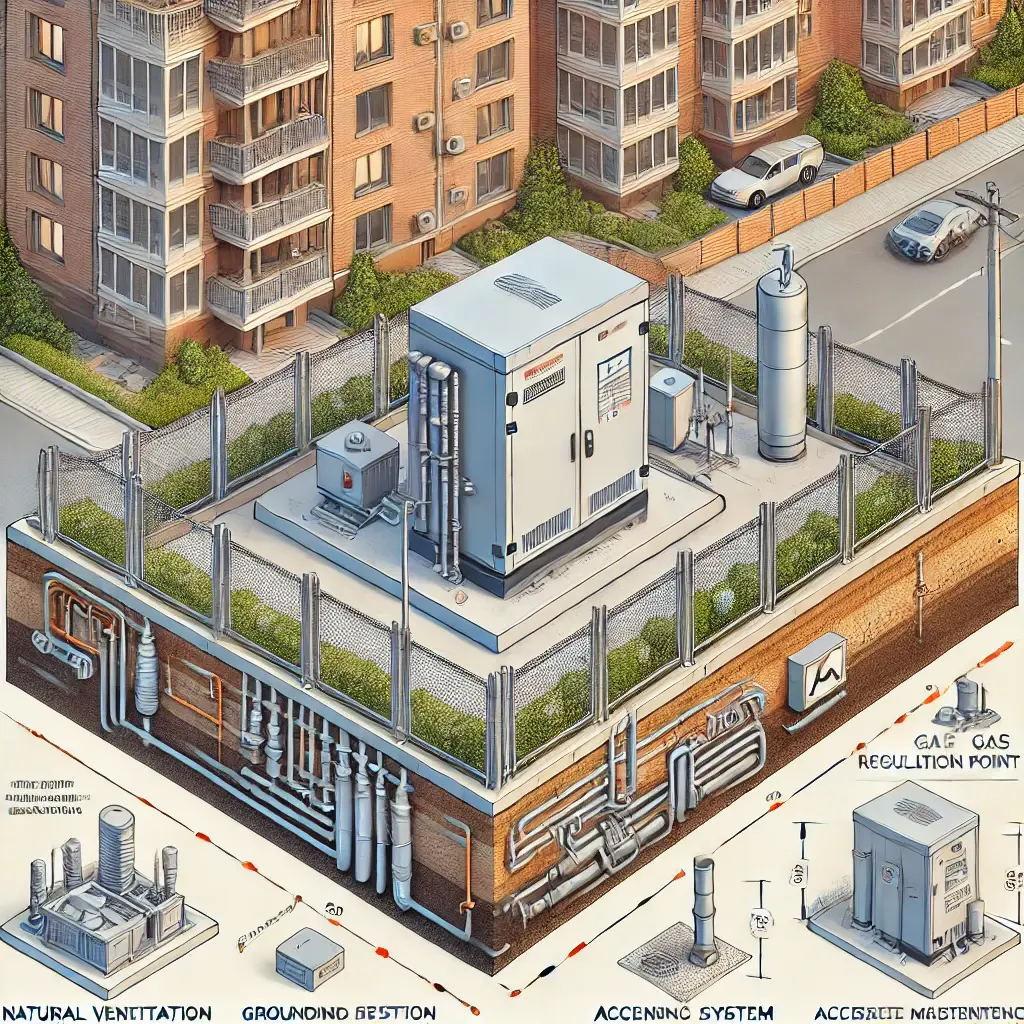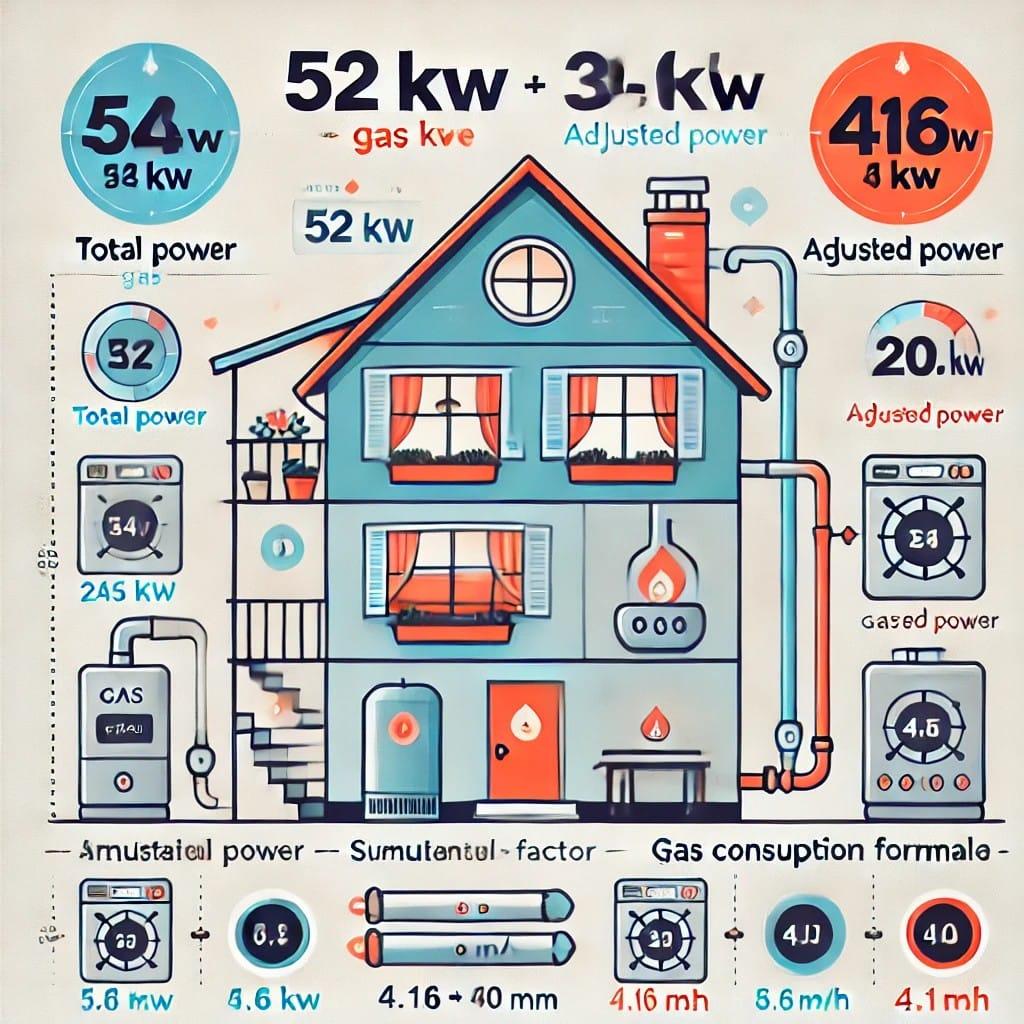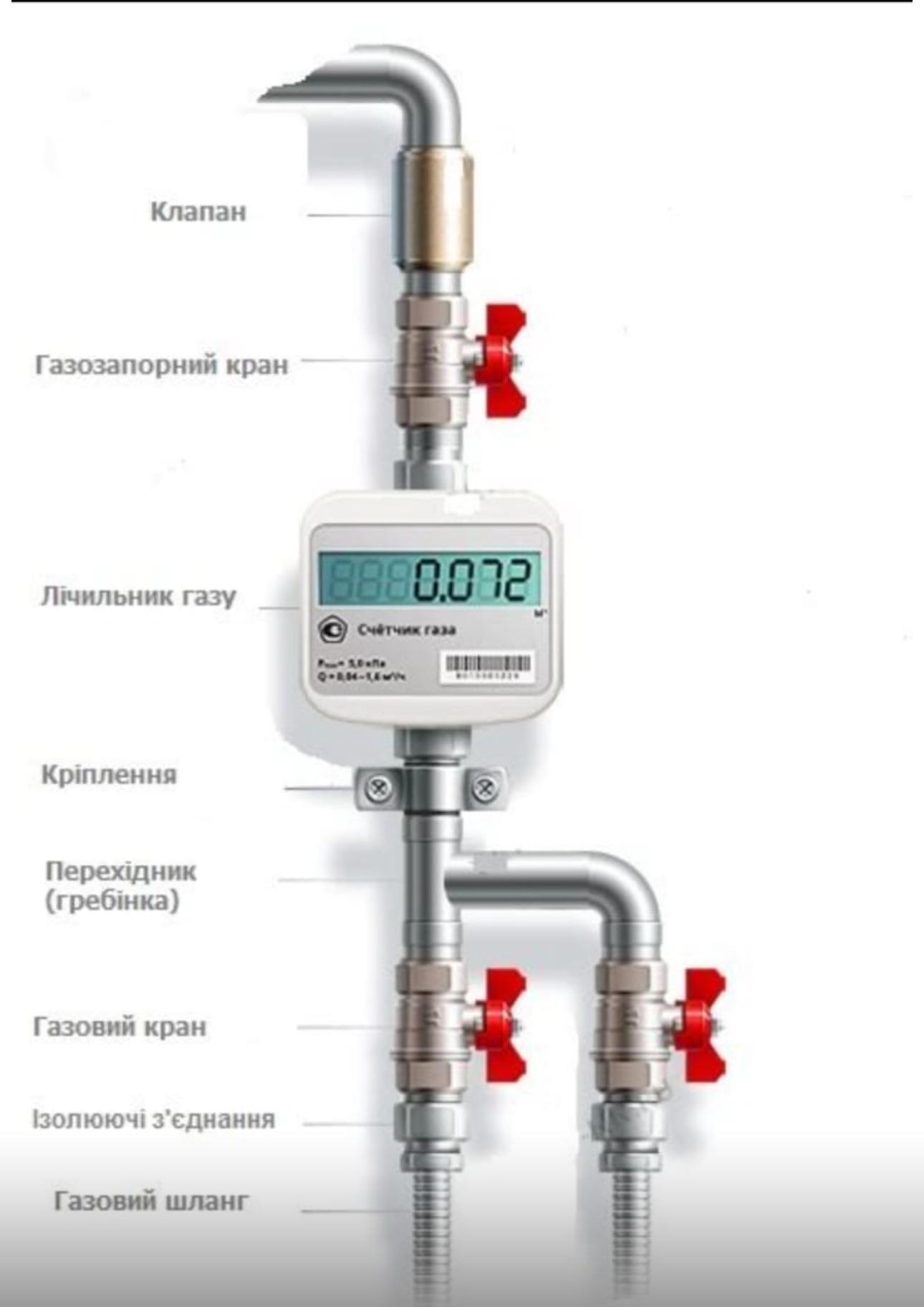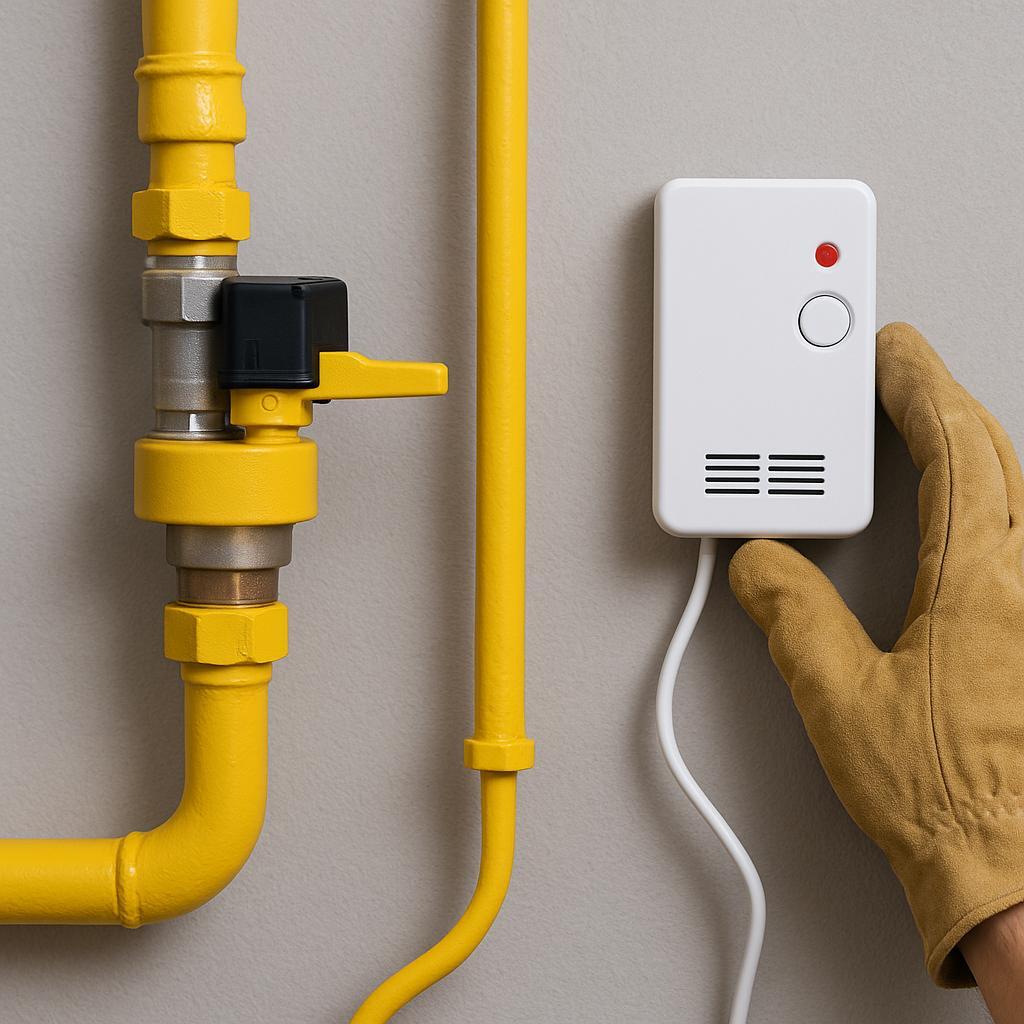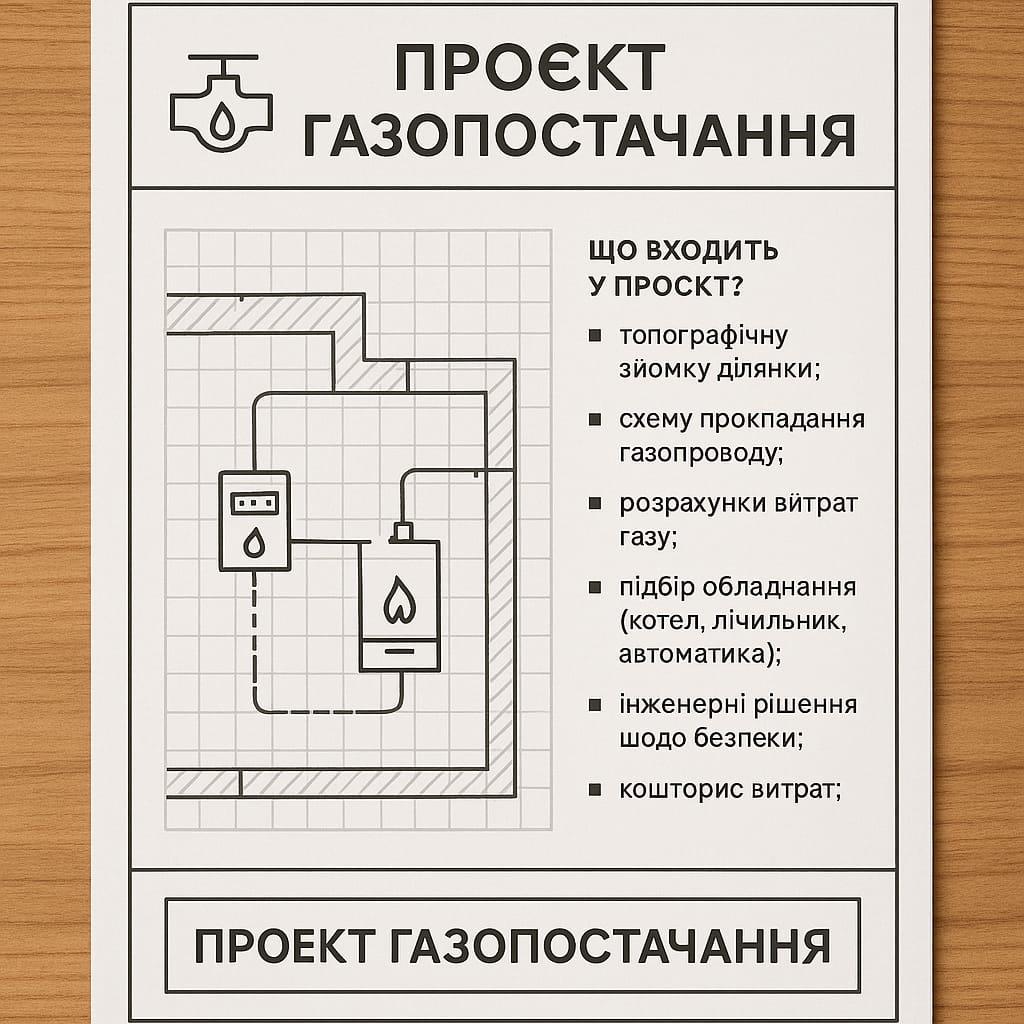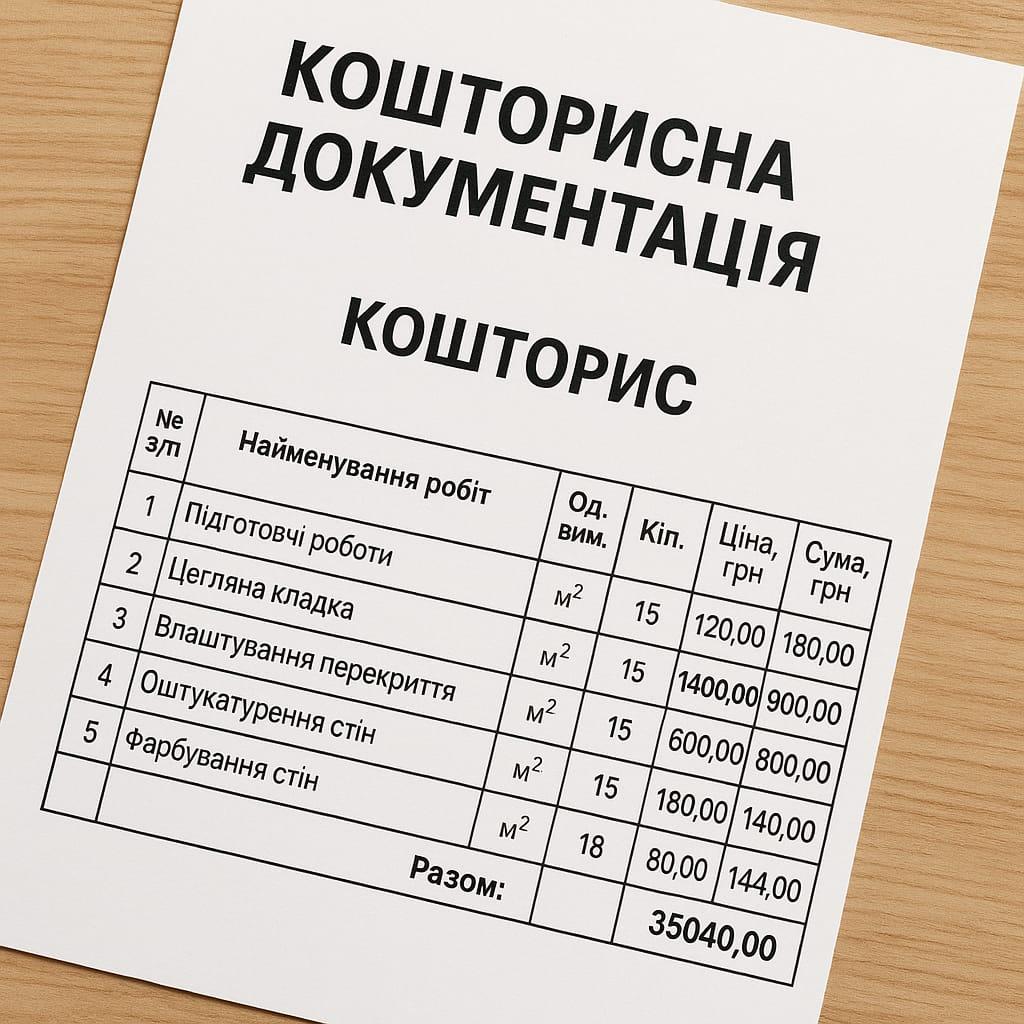2024-11-29 • 6 min
Systemic Violations in the Design of Gas Transportation Systems and Responsibility
Gas transportation systems play a crucial role in ensuring energy security and the stable supply of natural gas to consumers. However, improper design or systemic violations during the development phase of such systems can lead to severe consequences, including technical failures, environmental harm, and threats to human life. In this article, we examine the most common violations in the design of gas transportation systems, their potential consequences, and who bears responsibility for these issues.
Key Systemic Violations in the Design of Gas Transportation Systems
Violations can occur at various stages of the design process, from site analysis to creating detailed schematics. Some of the most common issues include:
1. Incorrect Material Selection
- The use of low-quality or unsuitable materials can significantly reduce the durability of pipelines.
- Failure to comply with standards regarding the resistance of pipes to corrosion, temperature fluctuations, and other environmental factors.
2. Insufficient Site Analysis
- Neglecting geological features such as seismic activity, marshlands, or landslide risks.
- Ignoring the impact of climatic conditions on the longevity of the gas transportation system.
3. Errors in Load Calculations
- Inadequate pipeline capacity due to miscalculations of the gas volume that needs to be transported.
- Failure to account for potential increases in gas consumption, which can lead to system overload.
4. Lack of Backup Systems
- Ignoring the need for backup supply lines to ensure stable operation during emergencies.
- Overlooking the inclusion of systems for quickly shutting off gas flow in the event of leaks or accidents.
5. Non-Compliance with Technical Standards
- Failure to adhere to current national construction norms and safety standards.
- Ignoring international requirements and recommendations regulating the safety of gas transportation systems.
Potential Consequences of Systemic Violations
Violations in the design of gas transportation systems can have far-reaching consequences, including:
1. Technical Failures
- Pipeline ruptures caused by unanticipated pressure levels.
- Gas leaks that may result in explosions or fires.
2. Environmental Damage
- Pollution caused by gas leaks.
- Disruption of ecosystems in cases of large-scale pipeline failures.
3. Risks to Human Life and Health
- The danger of poisoning from natural gas in the event of leaks.
- Explosions and fires threatening nearby residents.
4. Economic Losses
- Costs of eliminating accidents, repairing damages, and compensating affected parties.
- Reduced reliability of gas supplies, potentially impacting industrial operations and communities.
Responsibility for Violations
Several parties may bear responsibility for violations in the design of gas transportation systems:
1. Design Organizations
Designers are obligated to follow applicable standards and norms, considering all technical and environmental factors during project development. If errors or deficiencies are identified, they may face:
- Administrative liability for non-compliance with regulations.
- Financial liability for damages caused by their miscalculations.
- Criminal liability if violations lead to major accidents or loss of life.
2. Clients
Clients who attempt to cut costs may initiate the use of cheaper materials or avoid certain essential design stages. These decisions can also lead to accidents, and clients may share responsibility for the resulting issues.
3. Regulatory Authorities
Regulatory bodies tasked with project review and approval must ensure compliance with norms and standards. Neglect of these duties may result in liability for oversight failures.
How to Avoid Systemic Violations in Design
To prevent violations in the design of gas transportation systems, the following recommendations should be followed:
-
Engage Qualified Professionals:
- Work only with experienced and certified design organizations.
- Verify the company’s reputation and portfolio before starting a collaboration.
-
Comply with Standards and Regulations:
- Stay updated on changes to regulatory documents.
- Ensure projects meet current national construction norms.
-
Conduct Rigorous Oversight at All Stages:
- Perform multi-stage reviews of project documentation.
- Use independent experts for the evaluation of complex projects.
-
Invest in High-Quality Materials:
- Avoid cost-cutting measures that compromise the quality of pipes, equipment, and other materials, as these directly affect system safety and durability.
Conclusion
Systemic violations in the design of gas transportation systems can lead to severe technical, environmental, and social consequences. Avoiding these problems requires the professionalism of designers, responsible decision-making by clients, and effective oversight by regulatory bodies.
Our company specializes in the professional design of gas transportation systems, strictly adhering to all relevant standards and regulations. Contact us for a consultation or to commission a reliable project for your facility.
